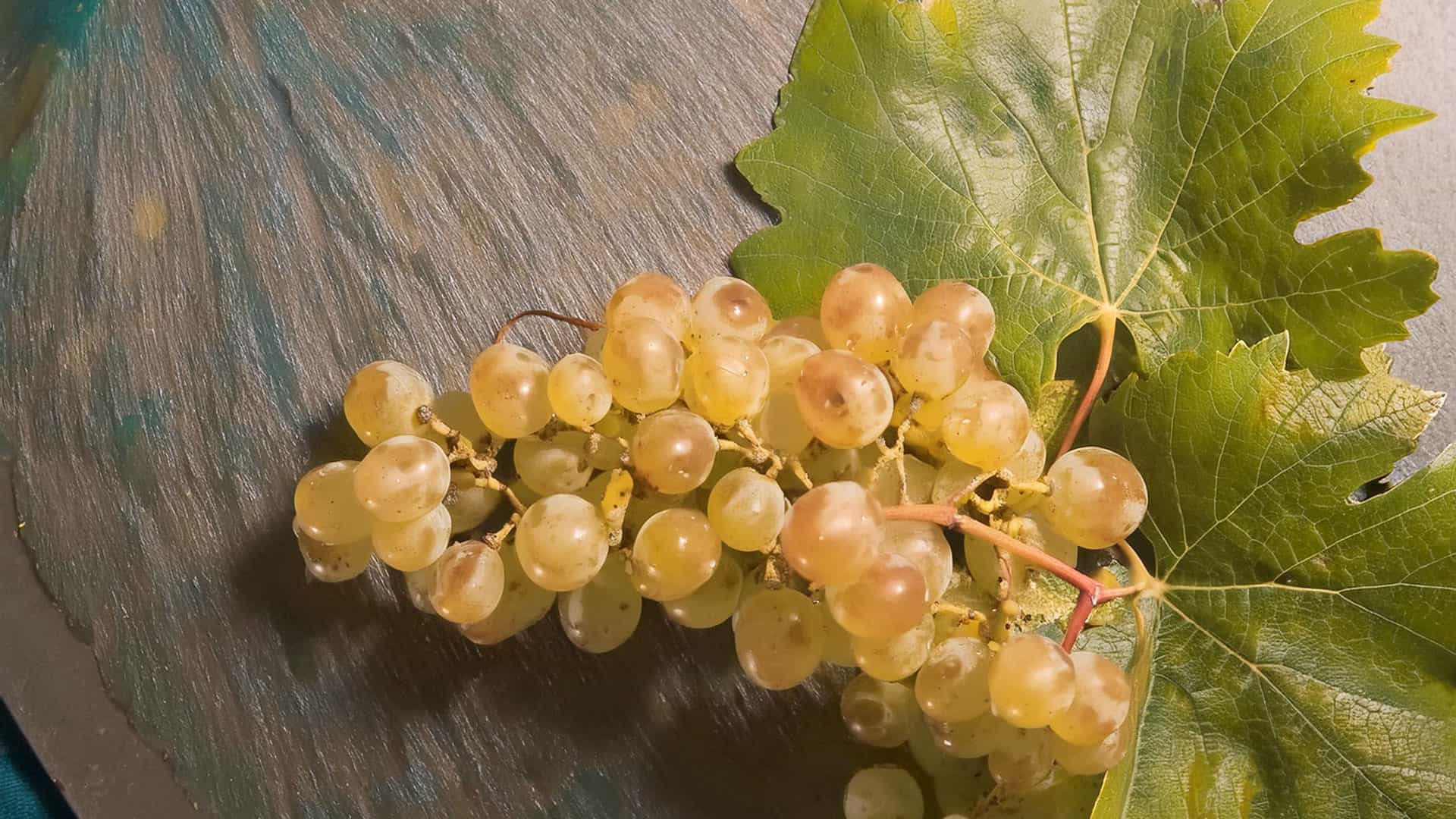The most important facts about this grape variety at a glance
- The grape variety probably owes its name to the village of Marsanne in the Département of Drôme, about 60 km south of the Hermitage mountain, which is possibly its place of origin.
- First mentioned in 1781, its home today is in the northern Rhône Valley, known for Hermitage, Crozes-Hermitage and Saint-Joseph. Around 2,000 hectares are cultivated worldwide, including the Valais in Switzerland.
- Closely related to Roussanne, this full-bodied, low-acid grape variety is used as a blending partner for Roussanne and Viognier and is used in white, red and white Hermitage wines.
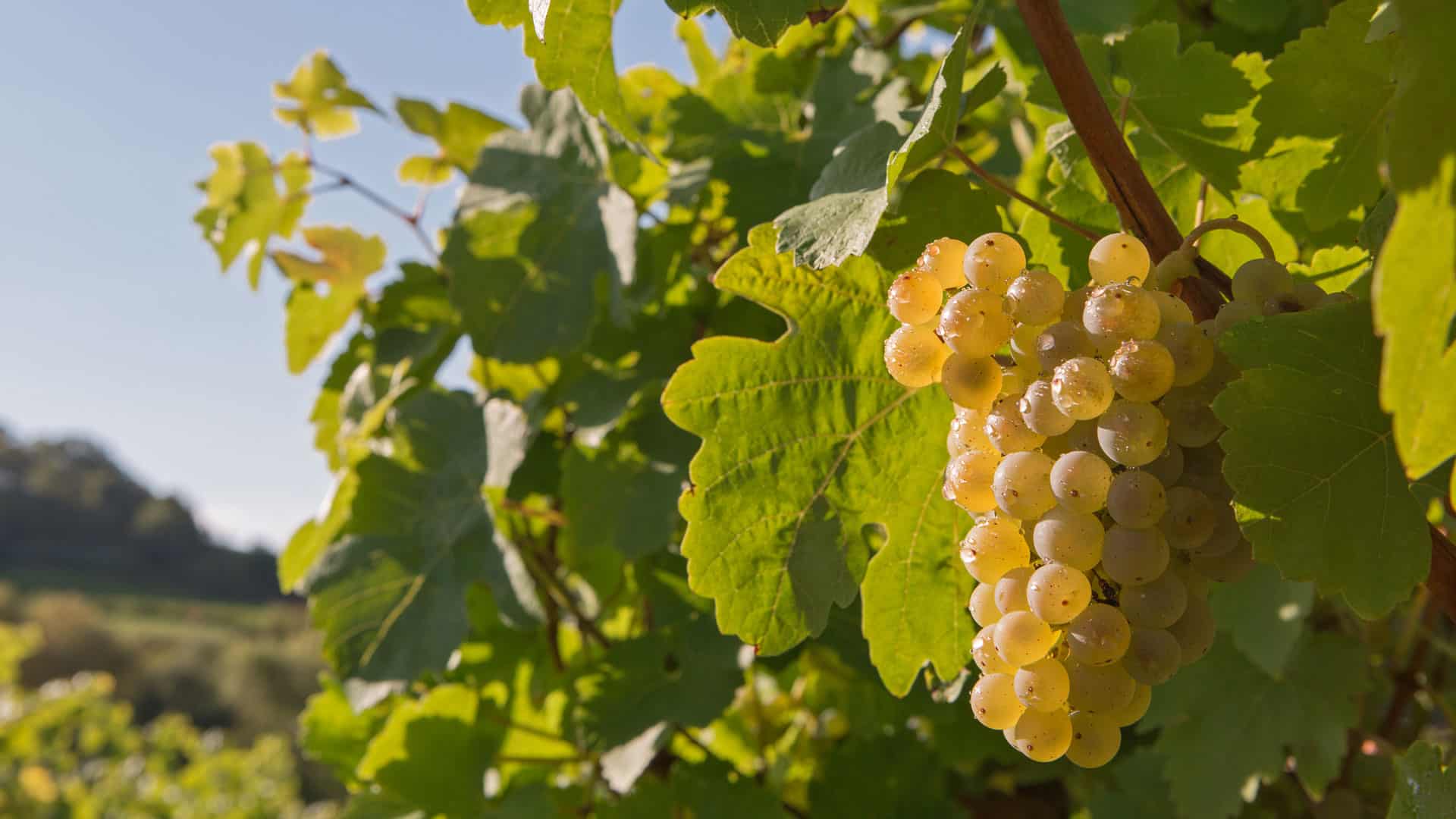
Origin, origins & meaning
According to the French ampelographer Louis Levadoux, Marsanne Blanche belongs to the “famille des Sérines” grape variety family, which also includes Syrah, Mondeuse, Viognier, Altesse and Roussanne. It originates from the south-east of France. DNA analyses show a close relationship with Roussanne, but it remains unclear which of the two varieties is the parent and which is the offspring.
First mentioned in writing in 1781, Marsanne was already being blended with Roussanne back then, resulting in the full-bodied, storable white wine Hermitage. Just 80 years later, its cultivation was documented in the Australian state of Victoria, where the Tahbilk winery still owns vines from 1920.
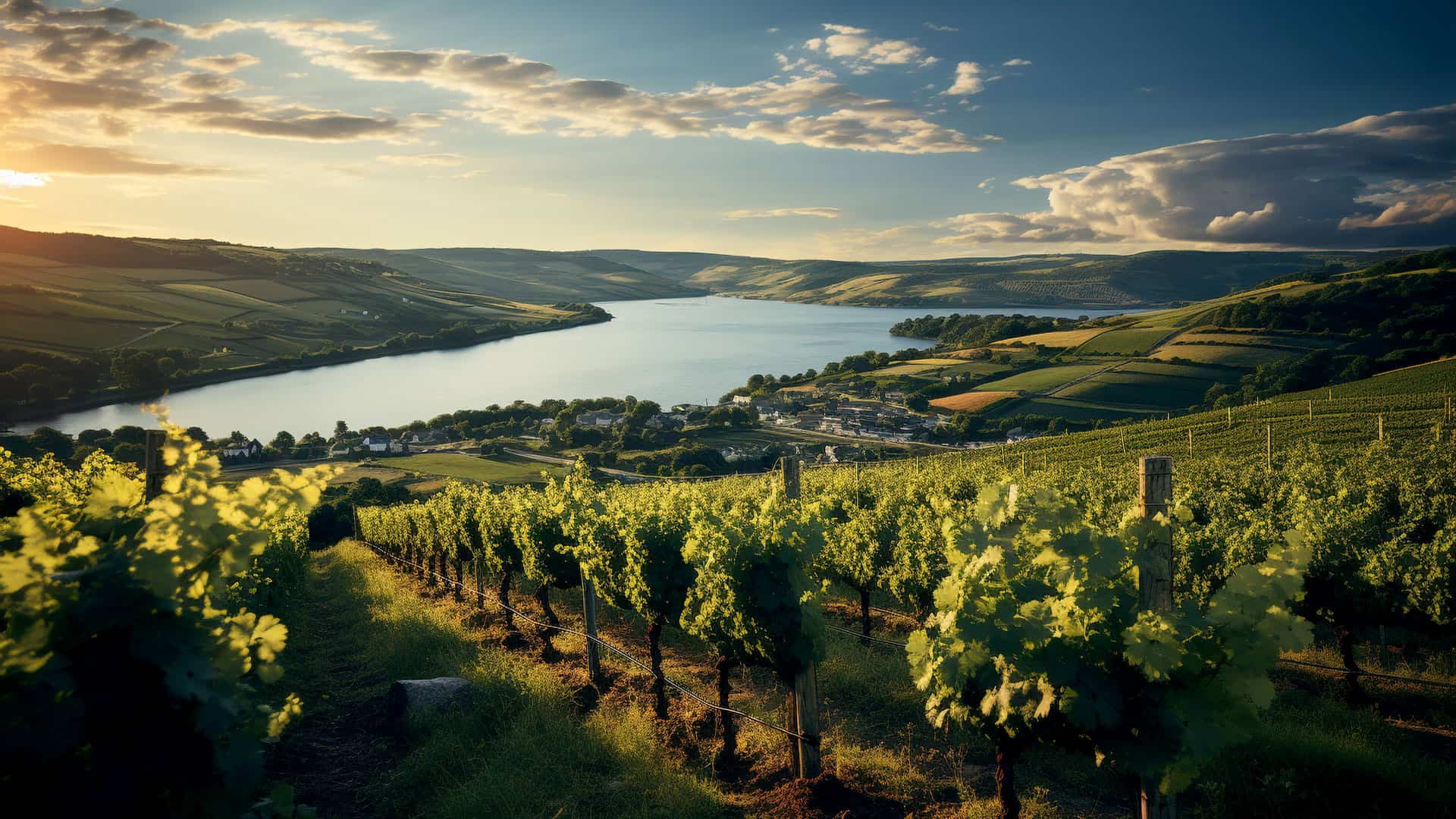
The global cultivation area is around 2,000 hectares. In addition to the northern Rhône Valley, the grape variety is also cultivated in the French Languedoc, Provence, the Swiss Valais, Italy, Spain, Australia (Victoria) and Virginia (USA).
Marsanne and its synonyms
The grape variety is only known worldwide under a small number of synonyms. This is an indication that the grape variety is not particularly widespread. The synonyms are avilleran, avilleron, Champagne Piacentina, ermitage, ermitage blanc, Ermitazh, Hermitage, Marsan Belyi, Marzanne, Metternich, rousseau, roussette de Saint-Péray, grosse roussette and White Hermitage.
Characteristics of the Marsanne grape: growth, ripeness and yield
The vines sprout late and ripen around three weeks after Chasselas. They only develop their full potential in the best locations on dry, less fertile soils and require a strict yield limit.
Taste profile: Fruity-floral aromas and a sweet taste
The grape produces full-bodied and full-bodied wines of a medium golden yellow color. The bouquet and taste of this wine are characterized by a fruity-floral aroma, with notes of wild strawberries and raspberries, stone fruit, peach, citrus fruits, almonds, jasmine, lime blossom and honey.
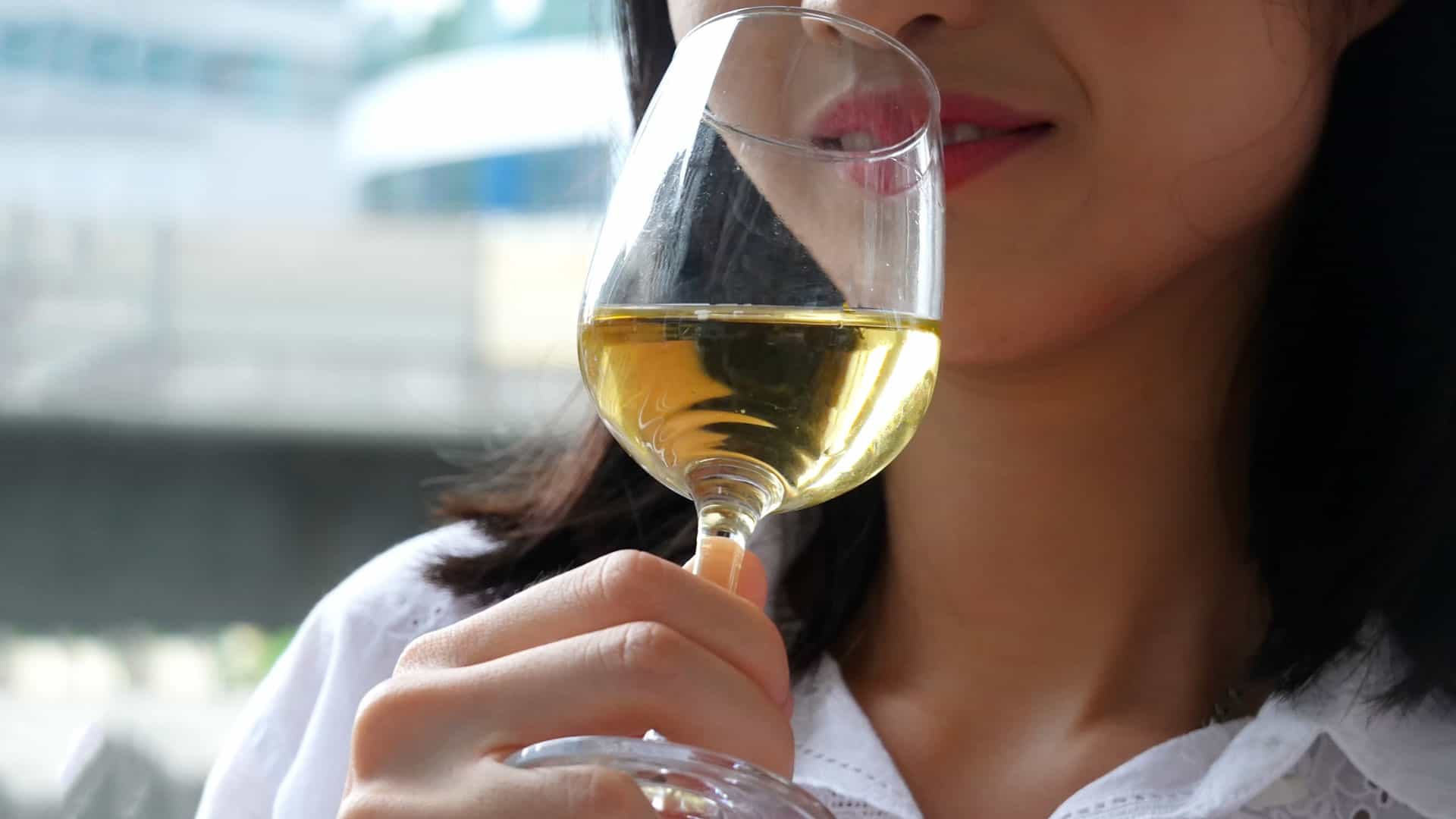
Marsanne in Switzerland
The grape variety was introduced in the Swiss canton of Valais in the course of the 19th century. It is known here as Ermitage and is an AOC Valais-certified wine that is cultivated on around 40 hectares of vineyards.
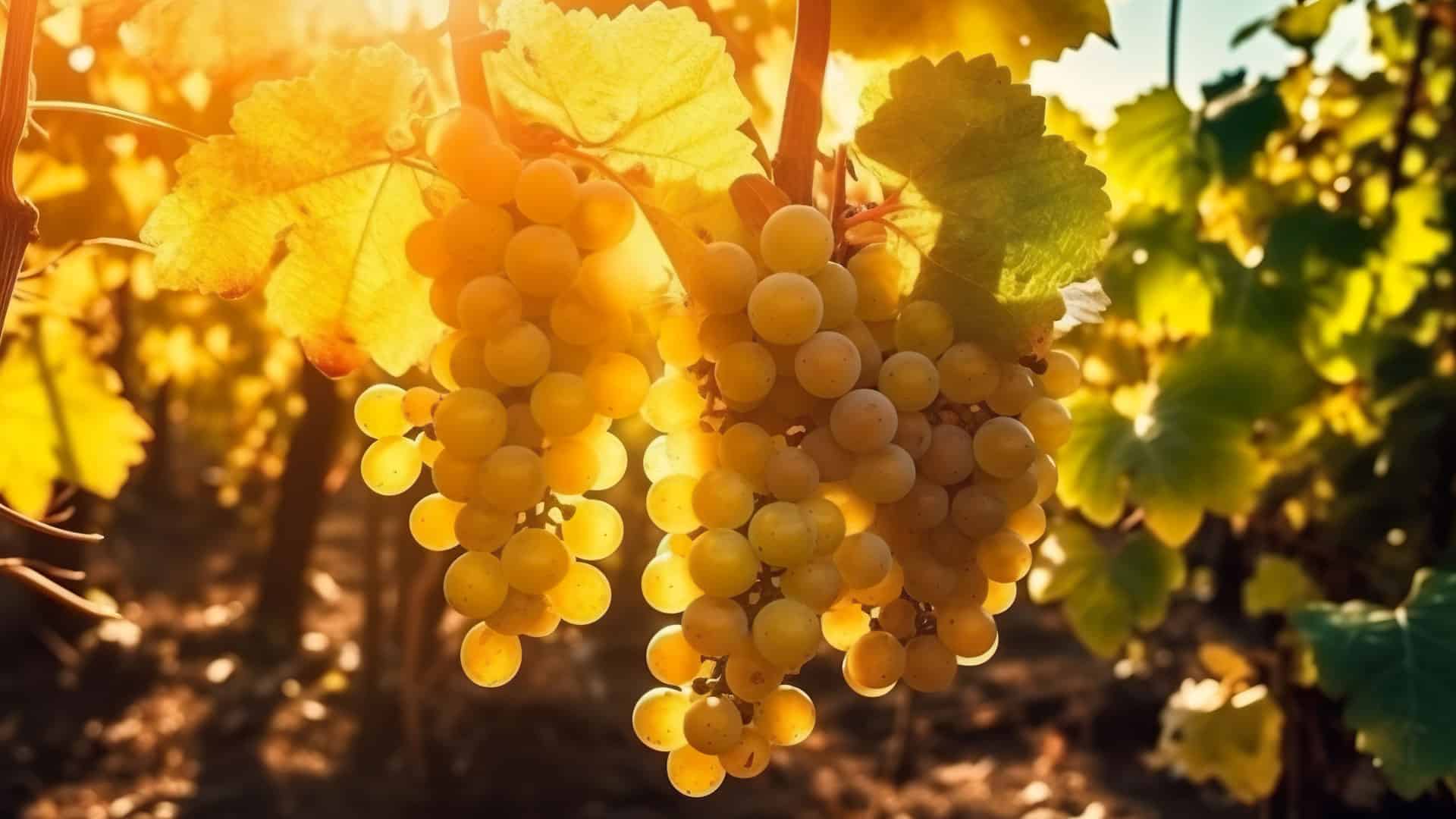
The Valais wine region offers ideal conditions for growing these vines. They thrive optimally in the conditions of the Rhône Valley and are mainly grown on nutrient-poor, stony and permeable soils. This naturally limits the yield of AOC Valais wines made from this grape. Otherwise, the variety would tend to grow strongly and produce correspondingly high yields.
In Valais, both dry and sweet wines are produced from the grape. The sweet varieties from Valais have particularly high ageing potential.
Marsanne blanche and food: The best combinations
This wine is an excellent accompaniment to a wide variety of dishes. These include dishes of poultry, roast veal, spicy roast pork, hard or blue cheese. But wines from the Marsanne Blanche grape are also an excellent accompaniment to lobster and langoustines.

Interesting facts about the Marsanne wines
Wine lovers often have many questions about Marsanne Blanche wines. Here you will find the answers to frequently asked questions about Marsanne Blanche wines.
What does Marsanne taste like?
The acidity is pleasantly restrained on the palate. The Marsanne grape develops an impressive spectrum of aromas with a variety of flavors: From almond, pear, quince and mandarin to apricot, acacia and beeswax – all these nuances can be discovered.
Which grapes are in Bordeaux?
The main white grape varieties are Sémillon and Sauvignon blanc. Muscadelle, Ugni blanc and Colombard are also grown in smaller quantities. The red grape varieties are dominated by Cabernet Sauvignon, Cabernet Franc and Merlot. Malbec, Carménère and Petit Verdot are also grown in smaller quantities.

